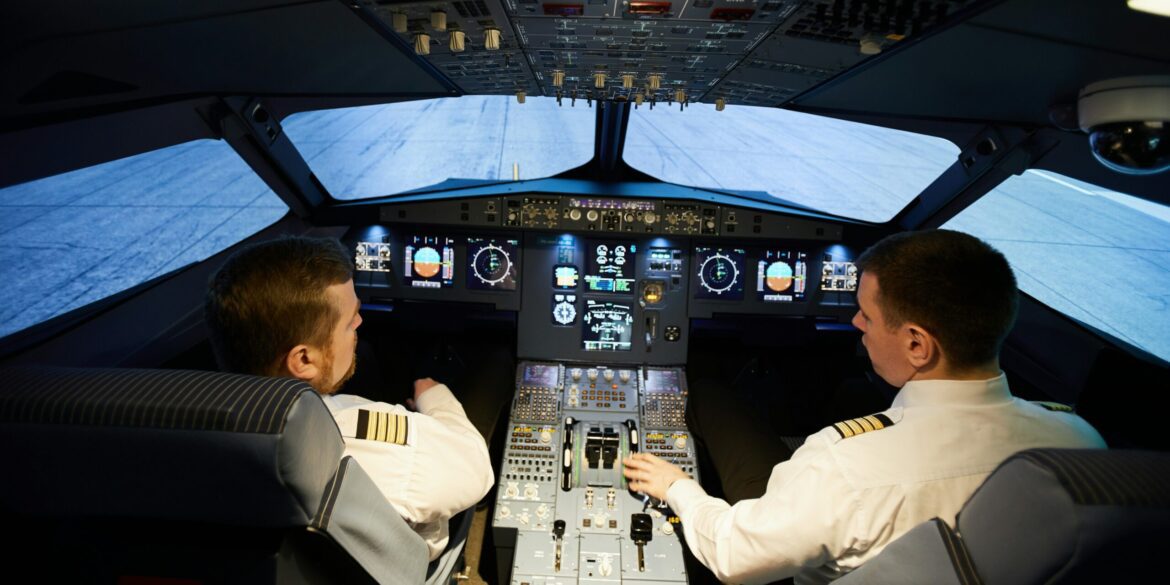In a significant response to escalating aviation safety concerns and ongoing air traffic delays, Buffalo Niagara International Airport (BUF) has announced an ambitious partnership with federal authorities to upgrade critical radar and communication systems. The enhancements, valued at approximately $45 million, are part of a broader national push to modernize the United States’ air traffic infrastructure following a tragic mid-air collision over the Potomac River on January 29, 2025, involving a U.S. Army Black Hawk helicopter and a commercial airliner.
Background: Catalysts for Change
On January 29, a Bombardier CRJ700 operated by PSA Airlines and a U.S. Army Sikorsky UH‑60L Black Hawk helicopter collided near Ronald Reagan Washington National Airport, killing all 67 people aboard—64 passengers and crew, plus three soldiers. Investigators pinpointed dangerously low vertical separation, limited air traffic controller staffing, and aging communication infrastructure as contributing factors.
In response, the FAA temporarily restricted helicopter flights near DCA and is now moving forward with permanent route redesigns and expanded controller support. Meanwhile, Transportation Secretary Sean Duffy is advocating for substantial federal investment—at least $20 billion—for nationwide upgrades, citing the FAA’s roughly 3,500-controller shortfall.
Buffalo’s $45M Safety Plan
Key components of Buffalo’s upgrade include:
- Digital radar systems – Replacing legacy analog radar will improve target clarity and enhance tracking precision.
- Upgraded communication links – Installing fiber-optic networks with real-time connectivity to Air National Guard units enhances situational awareness and coordination.
- Enhanced controller facilities – New training and simulation spaces equipped with modern avionics and touchscreen controls will support continual education and readiness.
- Airfield lighting and tower modernization – Advanced lighting-control systems and improved tower interfaces are being installed alongside the radar updates.
Governor Kathy Hochul emphasized the importance of the initiative: “This investment ensures Western New York remains a leader in transportation safety,” referencing FAA data about controller shortages and national infrastructure challenges .
Timeline and Impact
- Construction is slated to begin in August 2025.
- Operational launch of the full system is expected by late 2026.
- Authorities anticipate a dramatic reduction in airport delays, as well as a solid foundation for next-generation air traffic management systems.
Pilots and controllers at BUF are expected to benefit from improved situational awareness and smoother coordination—key factors in preventing the type of vertical conflict that occurred in January.
Broader Implications for U.S. Aviation
Buffalo’s initiative is emblematic of a nationwide effort to modernize aging FAA infrastructure. Much of the country’s air traffic control still relies on legacy systems—some dating to the Windows 95 era and even floppy disks—as agencies work to maintain 24/7 operations while upgrading.
Congress has launched hearings on the Potomac River crash, emphasizing data misuse, controller fatigue, and antiquated technology. At a Senate committee session, FAA officials acknowledged neglecting warning indicators that could have prevented the collision.
Secretary Duffy has pushed for upgrading outdated radars, communication networks, building new control centers, and deploying collision avoidance tech at 200 airports. Industry groups support this comprehensive overhaul, citing safety and efficiency benefits.
Why Buffalo Matters
- Regional precedence: As the Niagara Frontier Transportation Authority owns and operates BUF, the upgrades reflect a commitment to ensuring high standards across all FAA-managed airports.
- Delay relief: BUF currently experiences average flight holds of 1–2 hours, especially during weather disruptions . Enhanced systems will streamline traffic flow significantly.
- Military‑civil coordination: Real-time linking to Air National Guard units enhances shared situational awareness—a key lesson learned from the D.C. crash scenario.
Looking Ahead
Buffalo’s radar and communications overhaul heralds a new era in regional aviation safety—while complementing federal efforts to modernize national systems. The $45 million investment may serve as a model for other mid‑sized U.S. airports facing similar challenges.
As federal funding proposals advance, BUF is poised to be one of the first beneficiaries of next‑generation traffic control tools—potentially reshaping how military and civilian flights coexist safely in shared airspace.
This comprehensive safety enhancement underscores a renewed federal momentum to eliminate systemic vulnerabilities exposed by the January 2025 tragedy. With construction beginning in August and full operations expected by late 2026, Buffalo is set to improve both its own airport resiliency and contribute to a safer national aviation network.

